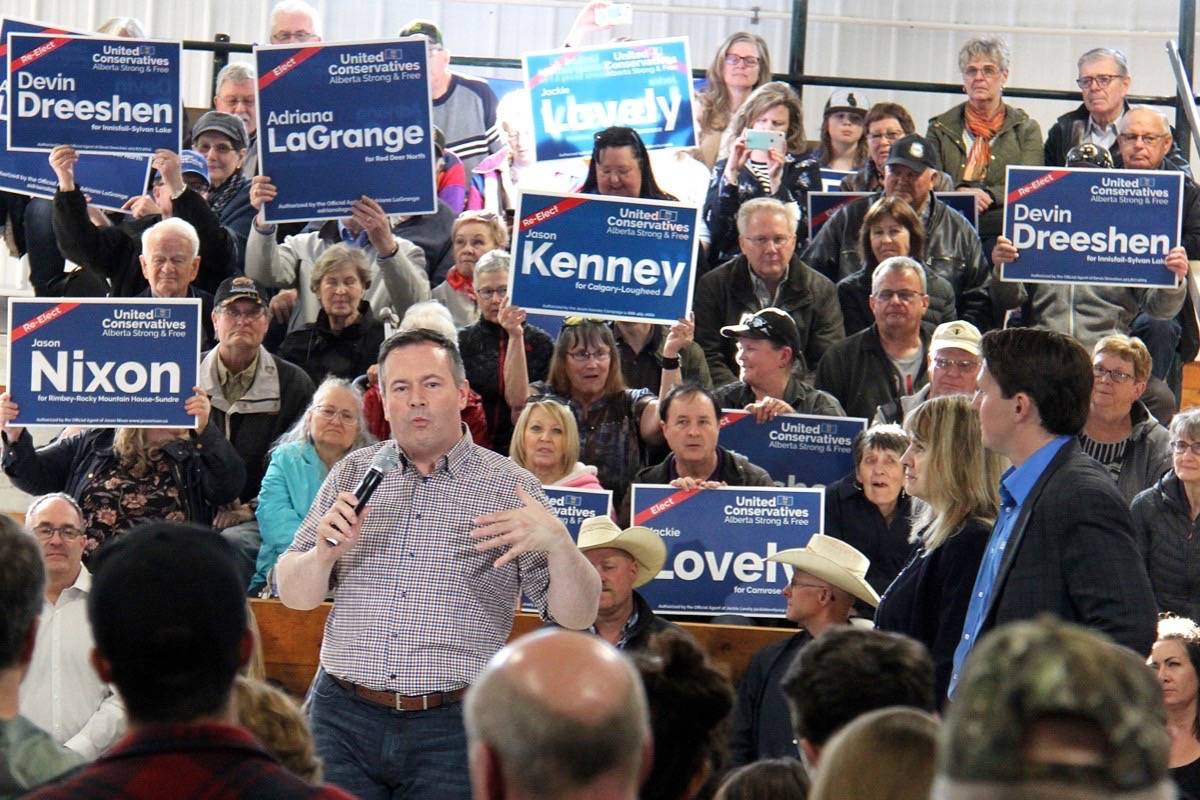Remarkable Red Deer, the new permanent historical exhibit at the Red Deer Museum and Art Gallery, has been widely praised by visitors since its official opening on April 14. One of the most successful elements in the new exhibit is the re-creation of the old Capitol Theatre, which stood for many years on the north side of Ross St.
The first movie house in Red Deer was the Lyric, which stood on the south side of Ross St. west of the old Post Office.
The Lyric generally had two different movies per week. All the films were silent.
The Lyric underwent a few renovations and improvements over the years. In 1919, the theatre was renamed the Rex. The building burned down in October 1925. A new theatre, the Crescent, was constructed on 1926 on the same site.
The Crescent Theatre boasted 485 seats, “superior modern projection abilities” for movies and “much improved ventilation for patrons.”
Three years later, sound equipment was installed and Red Deer got its first ‘talkie’ movies.
At the same time that the Crescent became a venue for ‘talkie’ movies, the owners, Beatty and Johnson, constructed a bowling alley and billiard parlour across the street and next to the Busby family’s Auditorium Hotel (later renamed the Park Hotel).
While the late 1920s and the 1930s are often considered the Golden Age for movies, the onset of the Great Depression proved to be very tough on the Red Deer Bowling Alley. The business was forced to close in 1932.
However, Ken Bryant, one of the co-founders with Fred Moore of North West Motors, was able to reopen with Crescent Billiards and Bowling in October 1934.
With the movie business thriving, Beatty and Johnson decided to renovate the bowling alley and billiard parlour into a second movie house. The refurbished building was quite impressive. The exterior was redone with white stucco and black vitrolite, with red and green trim.
The new theatre’s name, the Capitol, was done up in bright neon lights above the marquee. Forty high-power bulbs under the marquee enhanced the bright lighting at the front entrance.
While the ticket booth and walls of the front foyer were done in a light grey, a rich red carpet was used for the flooring. Polished chromium was used for the trim and hardware. The large auditorium had 500 Dunlopillo seats, cushioned and with springs, in contrast to the traditional wooden seats in the Crescent Theatre.
The R.C.A. projection and sound equipment were considered the most modern of the time and were guaranteed to give “perfect sound reproduction in any part of the auditorium.” An advanced air conditioning system was also installed to ensure the comfort of the patrons.
While some people wondered if Red Deer was large enough and now prosperous enough to support two full-time movie theatres, those doubts were soon dispelled.
Both the Crescent and the Capitol thrived for many years.
Moreover, the Sweet Shops opened next door to the Capitol and offered theatregoers all kinds of candy, freshly roasted nuts, pastries and the other traditional movie concession fare.
In 1951, the Capitol and the Crescent were sold to the Purnell family. In 1955, the large impressive Paramount Theatre was built on Ross St.
The last films were shown in the old theatres at the end of June 1958.
In 1960, the Capitol Theatre was renovated into shops and offices, in addition to the small apartments, which had always been located upstairs.
Sunworks and the Harris Warke Gallery are now located in the old Capitol Theatre building. The re-creation of the Capitol Theatre at the Red Deer Museum and Art Galley includes a smart-board ‘screen’ which allows the showing of old silent and ‘talkie’ movies, as well as a number of features on the history of Red Deer.


